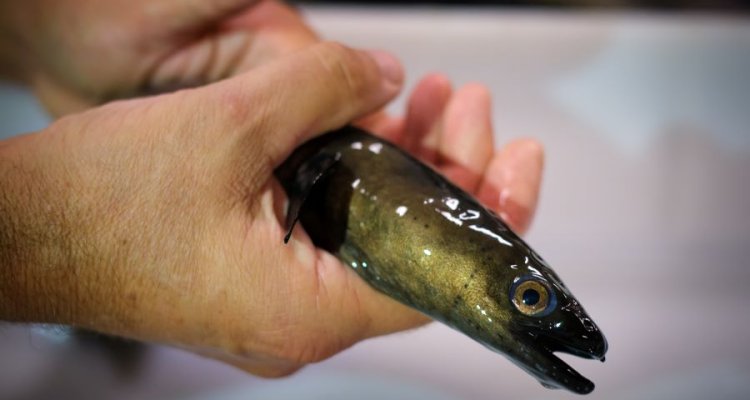
News
Solving bottlenecks in eel reproduction to support sustainable aquaculture
The COST Action EEL SUPPORT aims to expand the current knowledge on European eel reproduction and develop methods for successful maturation and production of offspring.
The reproduction of eels in captivity has become an important research focus due to the severe decline of natural populations. Worldwide, eel populations have decreased strongly in numbers since the 1970’s. Eels – like many other fish species – do not reproduce in captivity. Eel farms still depend on catches of wild juvenile eels, or ‘glass eels’, which are then raised to market size. However, only a restricted number of glass eels is available for aquaculture and societal concerns exist about the unsustainable level of their harvesting. Successful propagation in captivity could supply aquaculture with glass eels and close the production cycle.
Arjan Palstra, researcher at Wageningen Livestock Research (WLR), is the Action Chair of EEL SUPPORT. “In 2016 we initiated the Eel Reproduction Innovation Centre EELRIC, a collaborative agreement between WLR and the sustainable eel foundation DUPAN, with the purpose to execute a research trajectory towards closing the cycle for propagation of eel in captivity. An important element of EELRIC was to create and coordinate an international consortium of partners working on eel reproduction. With these partners we applied for the funding of the COST Action EEL SUPPORT to share and advance our knowledge.”
Towards a self-sustained aquaculture of eel
The COST Action EEL SUPPORT will use available networking tools to share new knowledge and identify knowledge gaps, to develop collaborative strategies to fill these gaps, and to synthesize and review this knowledge in order to 1) design optimal protocols for broodstock conditioning from glass eel to an eel in early puberty, or ‘silver eel’, 2) design optimal protocols to artificially mature and propagate the eel to produce larvae, and 3) design hatchery technology for rearing larvae to the glass eel stage.
“We had our kick-off meeting on September 27 in Brussels and we are now starting up the Action. Within EEL SUPPORT – and also within the PPS project LARVitAAL and a recently started project together with WMR and MAE – we aim to develop new reproductive technologies by an integrative research approach bridging reproductive physiology with -omics, artificial intelligence (AI), and sensor technology. But we also want to involve biologists working on reproduction of other (fish) species, ecologists working on eel management and oceanic surveys, and eel farmers who know the possibilities and impossibilities of eel aquaculture.”
What are COST Actions?
COST Actions are interdisciplinary research networks that bring together researchers and innovators to investigate a topic of their choice for four years. COST Actions are typically made up of researchers from academia, SMEs, public institutions and other relevant organizations or interested parties. They offer an inclusive, pan-European environment for individuals of all levels of seniority to grow their professional network and boost their careers.
More information about the COST Actions can be found on the COST-website and in the Memorandum of Understanding (MoU).